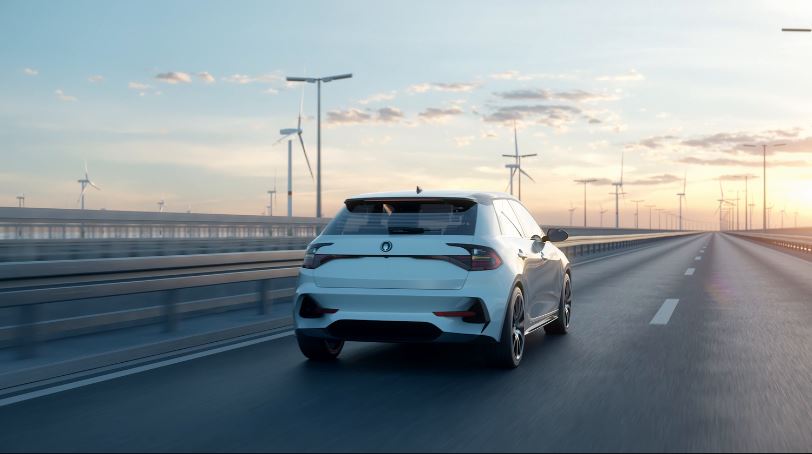
However, in the digital age, user expectations are increasingly coupled with a seamless mobility experience, easy-to-use access technologies, ubiquitous connectivity and the increasing desire to travel in a climate-friendly manner.
Demographics and advancing digital technologies drive the trend to shared services, for example meshing different types of transport in one platform.
While the most widely used mode of passenger transportation worldwide will remain the automobile, younger generations in particular will own fewer cars. For them, shared car services and new subscription models promise a maximum in terms of flexibility, cost and convenience.




